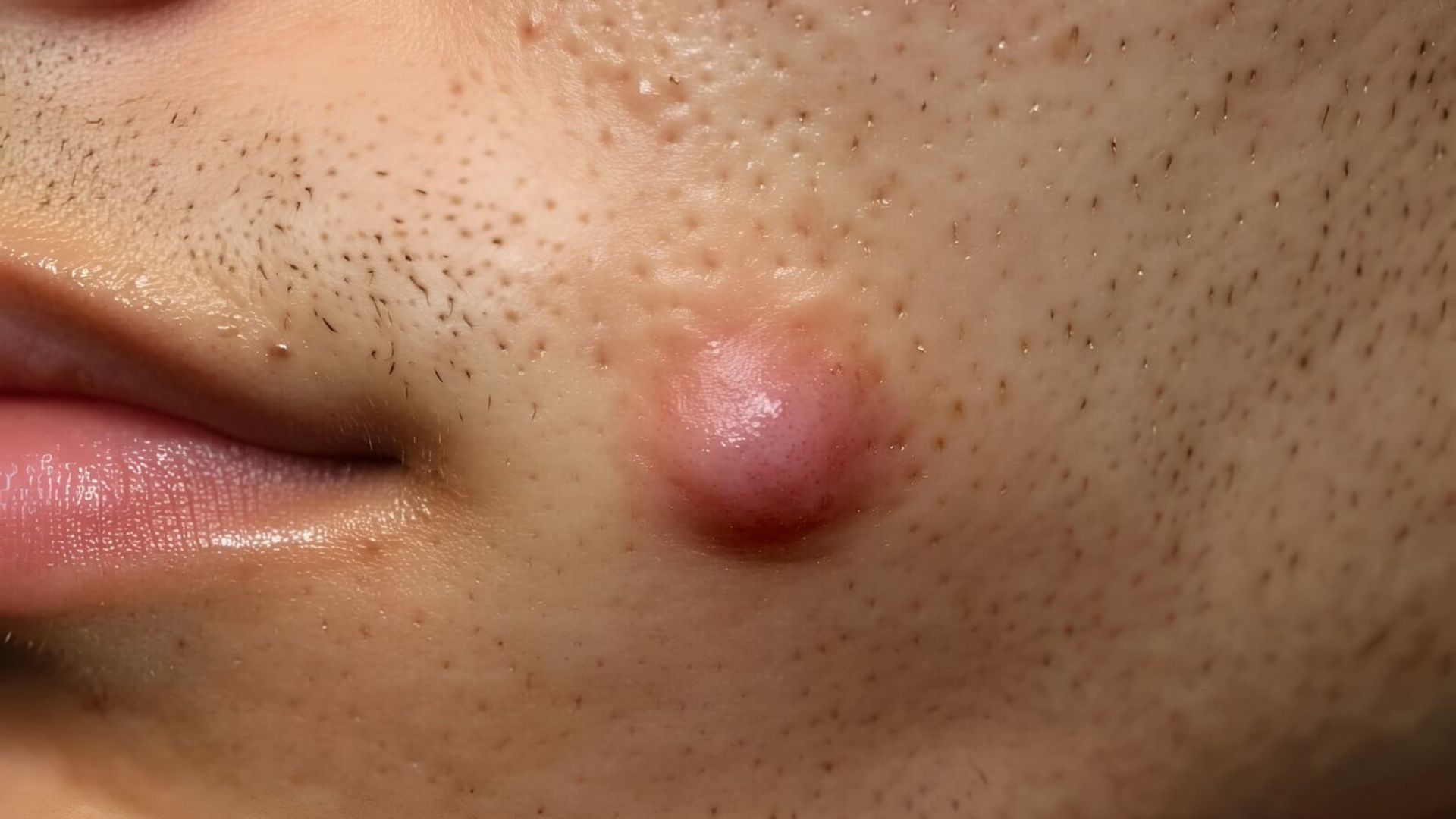
Cyst removal is a straightforward minor surgical procedure that typically takes 20–30 minutes, depending on the cyst’s size and location. The sac of the cyst is removed and stitches applied to close the incision wound. If suitable for the site, absorbable sutures can be applied. If non absorbable suture are used, removal of sutures is at our clinic.
Healing Time: Most cyst removal sites heal within 1-2 weeks depending on the size and location of the cyst. Full aftercare instructions are given following the procedure.
Histology: It is standard practice at the Interface Clinic to send the removed cyst for Histology for analysis by Consultant Histopathologists at UK accredited Laboratories.
There is a small possibility that the Cyst may recur and this is even less likely for uncomplicated cysts with no inflammation.